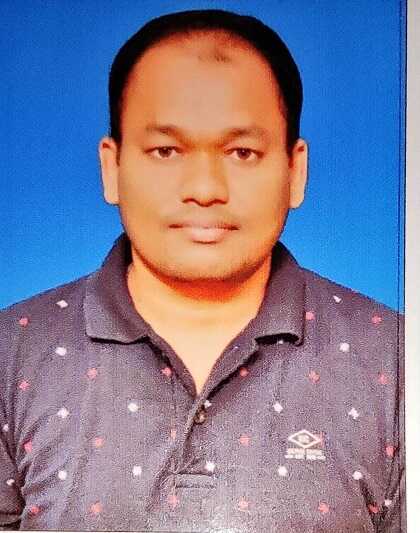Tangam tribes’ case is reflective of the larger issue of eroding languages across linguistically diverse Arunachal Pradesh. Explain (200 Words)
Refer - The Indian Express
Enrich the answer from other sources, if the question demands.

IAS Parliament 5 years
KEY POINTS
Who are the Tangams?
The Tangams are a little-known community within the larger Adi tribe of Arunachal Pradesh and reside in the hamlet of Kugging in Upper Siang district’s Paindem circle.
Why are there only 253 speakers?
· As per the UNESCO World Atlas of Endangered Languages (2009), Tangam — an oral language that belongs to the Tani group, under the greater Tibeto-Burman language family — is marked ‘critically endangered’.
· To communicate with their neighbours over the years, the Tangams have become multilingual, speaking not just Tangam, but other tongues such as Shimong, Khamba and Hindi.
· They rarely speak their own language now since their population is restricted to a single village. Their neighbours are various Adi subgroups, so they have picked up other Adi languages and their own is slowly disappearing.
· While the education system has introduced Devanagari, Assamese and Roman scripts for most tribal languages, new scripts such as Tani Lipi and Wancho Script have been developed by native scholars.
Why are the languages at risk?
· The diversity of languages has led various communities to depend on English, Assamese and colloquial variety of Hindi called Arunachalee Hindi as the link languages. Many believe this shift has led to loss of native languages of the tribal communities.
· The classification implies that the younger generation of these tribes especially in the urban areas have mostly discarded the use of their mother tongue.
Aradhana Tiwari 5 years
North East India is probably the most linguistically diverse area on the Indian subcontinent, with long established
communities speaking languages of four different families – Austroasiatic, Indo-European, Tai-Kadai and Tibeto-Burman.
Under the greater Tibeto-Burman language family, a little-known community- "The Tangams tribes" lies within the larger Adi tribe of Arunachal Pradesh(AP) and reside in one small hamlet Kugging in Upper Siang district of AP.
As per the UNESCO Atlas of the World’s Languages in Danger (2009),despite there being a plethora of languages, such as : Lolo-Burmish, Bodhic, Sal, Tani, Mishmi, Hruissh Tai,etc., in the AP, almost all have been identified as "endangered".
>>> Reasons of language erosion across linguistically diverse AP :
- Discardment by the younger generation : The younger generation of the tribe especially in the urban areas have mostly discarded the use of their mother tongue, led to the loss of native languages of the tribal communities.
- Lesser speaking population : The total number of Tangam speakers has been alternatively estimated at 253, which is an another reason, why languages of AP are endangered and are more vulnerable because "extinction of language is directly proportional to population".
- Communication ease : To communicate with neighbours of various Adi subgroups, smaller groups — like Tangam, Meyor, have become multilingual and learn several languages like Shimong, Khamba, Mijo Mishmi, Hindi- as a survival tool, due to which their own language is slowly disappearing and gets concentrated in a single village.
>>> Need of the hour :
- A "multidisciplinary study approach" should be adopted, that takes into account not only language, but also rituals, folklore, food habits, belief systems etc., of the tribal community.
- In this approach, "photographs" covering every aspect of Tribal life and culture, plays a relevant role, that will help the future children retain their unique identity as an ethnolinguistic group.
>>> Conclusion :
“Language loss is the reason for cultural erosion”, as language is something that people learn, share and transmit from generation to generation.

IAS Parliament 5 years
Good attempt. Keep Writing.
Venkat 5 years
Kindly review

IAS Parliament 5 years
Good answer. Keep Writing.
Soni Kumari 5 years
Please review sir

IAS Parliament 5 years
Good attempt. Avoid mentioning names in the answer. Keep Writing.

Ananta Kumar Muduli 5 years
Sir good morning
Pls review

IAS Parliament 5 years
Good answer. Keep Writing.